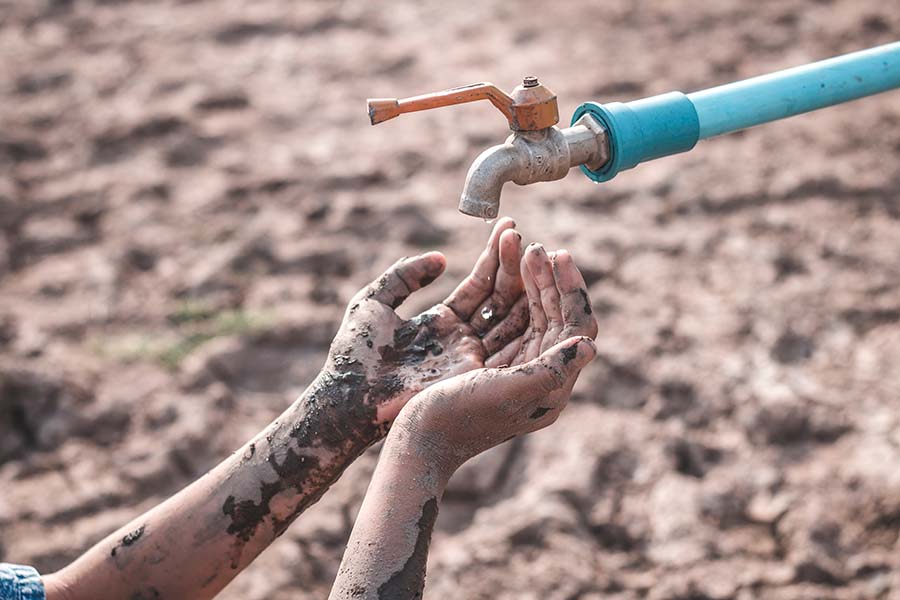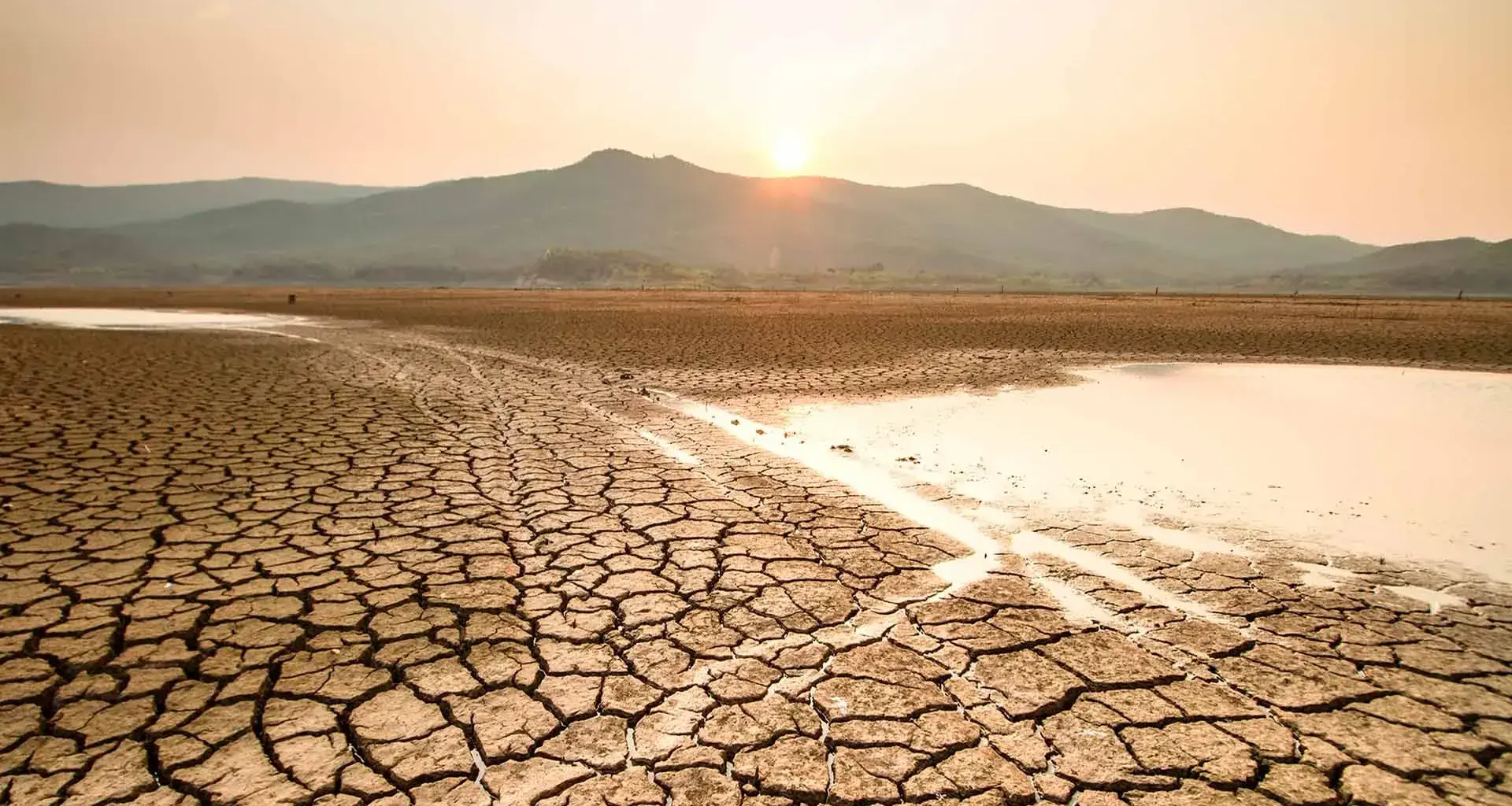When asked about the risks of drought in Mexico, Professor José Antonio Benjamín Ordóñez from the Tec in Mexico City explained the current conditions of water scarcity in the country.
“Our country’s geographical location means it has varying types of composition, which leads to more than 60% of the natural area being completely dry. There are also indicators that it will not have much rain throughout the year.
“We find places where it rains little, less than 100 millimeters per year, and places in the south where it rains a lot, ranging from 3,000 to 4,500 millimeters (one millimeter is equivalent to one liter per square meter),” said Ordóñez, who is also a Doctor of Sciences.
He said that this is in addition to the country’s poor water treatment, lack of water harvesting, and deforestation.
According to the biologist, places such as Baja California, Sonora, Chihuahua, and Coahuila are the most prone to drought due to their geographical location.

How to tackle droughts
Ordóñez, who is also a climate change expert, said that treating water with respect, water harvesting, and conservation of vegetation are key points to having water throughout the year.
“We need to start harvesting water, which means treating it with respect and preserving the vegetation that serves as a filter so that the water doesn’t go away but seeps into the subsoil.
“Water supply has to be related to land-use planning and the agricultural, industrial, and urban development activities that we want to achieve,” he said.
Ordóñez said that the high temperatures recorded in these months lead to water evaporation, making it scarcer.
“The high temperatures throughout the country cause the water in ponds, rivers, runoffs, and in vegetation to evaporate because the heat is dragging the water to other places.
“There is a process called evapotranspiration, which causes the water in the ground to evaporate,” he added.

Mexico City and its water reserves
José Antonio said that Mexico City also faces a problem due to its water deficit. The predictions say that there are only two years of water left for the region.
“Mexico City’s reserve doesn’t look good. In fact, the calculation gives us two years of water. We have seen some of the scenarios predicted by colleagues starting to come true in recent years.
“There’s an alarm bell sounding throughout Mexico because when we look at the water budget, the water deficit shows us the mistakes we’re making,” he said.
He added that Mexico City consumes 15,000 liters per second through the Cutzamala System, but the system doesn’t have enough water to continue pumping that much in the coming years.
“There’s an alarm bell sounding throughout Mexico. The water deficit shows us the mistakes we’re making.”
Nuevo León and the water deficit
José Antonio Benjamín Ordóñez explained that Nuevo León has historically had a water deficit, and this is due to the lack of adequate water treatment and an efficient savings plan.
“Monterrey’s industry has developed a lot and there is a water deficit. The water from natural runoff isn’t being given much attention.
“It’s being used without measuring capacity. Right now, it’s being supplemented with well water, but this is running out because the evapotranspiration process prevents the water from seeping into the soil,” he said.
According to the Tec researcher, Monterrey’s problem is that it does not treat its wastewater.

“Wastewater isn’t being treated, whether it comes from the factories or agriculture.
“If we treated at least 50 percent of all this water, Nuevo León could have water for more months,” he said.
He added that all the water that gets dirty is thrown into the drain and not given adequate treatment.
“On the one hand, there is no water harvesting. On the other, the city is growing a lot and the water supply isn’t guaranteed. Monterrey is well known for its water deficit. They have always lacked water.
“What citizens can do is save water.”
The academic from Tec de Monterrey said that we can take some actions as citizens, including the following:
“What citizens can do is save water. Instead of buying water tanks, they should build larger cisterns that allow a good amount of water to be stored, adding filters to make the water from the cistern safe to drink.”
He also said that wastewater treatment plants should be set up so that water with an organic load can be filtered and sent back into green areas.
“It’s very important to recover green areas and vegetation because they’re natural mechanisms for water seepage. We should also treat water with respect so it can be incorporated into the natural cycle,” he said.
ALSO READ:





